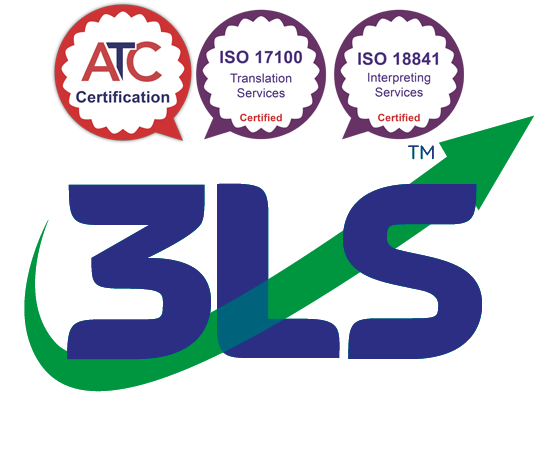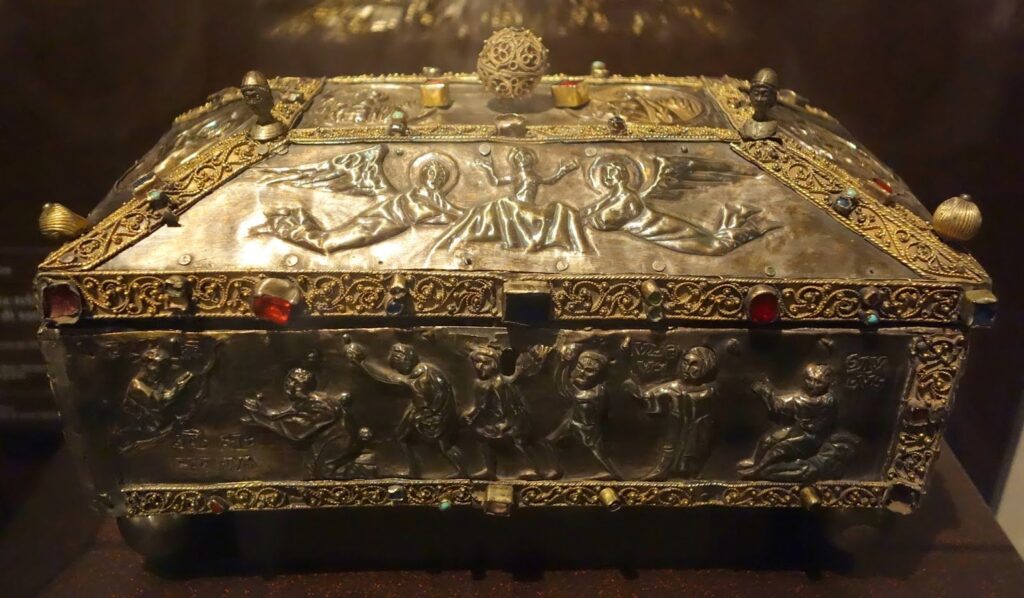Hang on – translation ISN’T just language?
Nope. Outside language, “translation” has at least 3 other – and very different – meanings. Not many people know that, so we thought we’d share.
While language is what most people immediately think of when translation is mentioned, if you’re a mathematician or physicist, or biologist, you’ll think very differently. In fact it even has specific religious meaning (two, actually)!
Wondering what this image could possibly be doing on this post?
There’s an interesting story there …
Read on!
Mathematics? Seriously? I just want this manual in French…
Ah, that IS language translation – we’re here to help!
As well as manuals we translate insurance, financial, environmental, health-&-safety, and much more. And not just dull old Word files either – we also interpret, typeset, transcribe, subtitle and voiceover.
Awesome. But the “maths” bit actually does have me intrigued…?
Us too, so we went looking. Here you go: “a translation is a geometric transformation that moves every point of a figure, shape or space by the same distance in a given direction.” – basically, sliding it without changing or rotating it, whether in two or three dimensions. Thanks to the amazing Wikipedia!
Wow. So what’s the other 2 sorts of “translation” then?
Funny you should ask. In biology, and specifically genome research, “Translation, as related to genomics, is the process through which information encoded in messenger RNA (mRNA) directs the addition of amino acids during protein synthesis.” Bet that’s one thing you didn’t know before!
And in Christianity the term actually has 2 more, very specific, ecclesiastical meanings. Firstly, the word is used to describe the transfer of a bishop between episcopal sees, typically for a promotion. It’s also used to describe the formal movement of religious relics from one place to another, usually with much ceremony.
So – the unexpected picture at the top of this post? That’s an ornate Medieval reliquary, which houses the sacred relics of a saint and is used in – you guessed it – their translation. So now, you know what it’s doing on this page!
Gosh – that’s been very educational, thanks!
We try! Who knew something so apparently simple could have so many – er – translations? Next time, we’ll look at interpreting…

